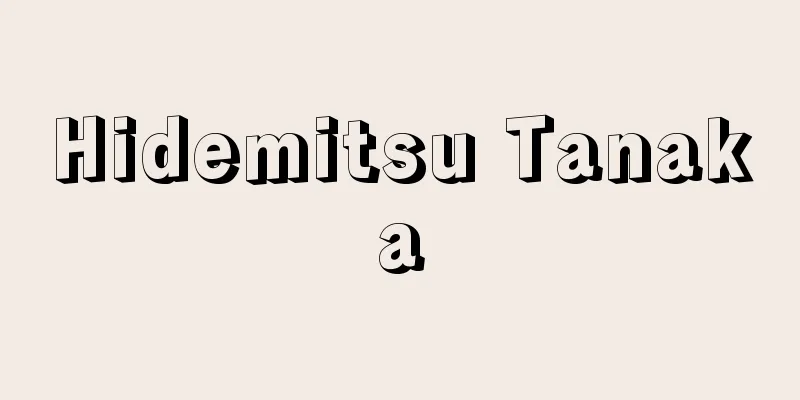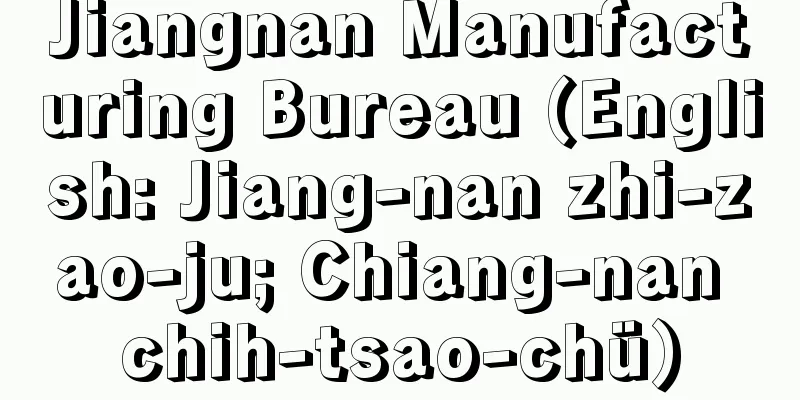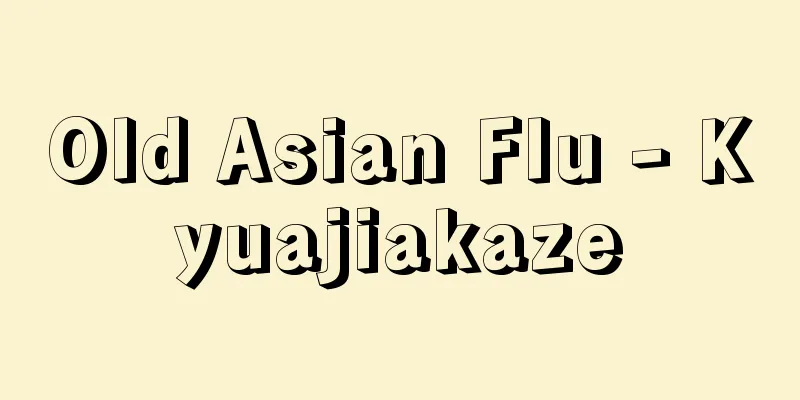Tokugawa Yoshikatsu

|
Year of death: August 1, 1883 Year of birth: March 15, 1824 (April 14, 1824) Lord of Owari (Nagoya) during the late Edo period. Childhood name Hidenosuke. Initially Yoshitsugu. Also known as Seisai, Getsudo, and Bairyuen. Second son of Matsudaira Yoshitake, lord of Takasu, a branch domain in Mino. Mother was Norihime. Together with his younger brothers Shigenori, Katamori, and Sadakata, he is known as the "Four Takasu Brothers." At the time, the Owari domain continued to use forced adoptions by the shogunate, so in 1849, at the request of the domain's warriors and commoners, he succeeded to the title of 14th head of the Owari clan. Using the Kintetsu Party, including Tamiya Joun, a meritorious retainer who had supported the domain, he restructured personnel and carried out reforms such as financial reconstruction. He particularly praised the coastal defense proposal by Ito Sanjuro (Akanebe Saga), a member of the party, and implemented the introduction of Western gunnery, defense measures for the Chita Peninsula, and naval training. While in Edo, he personally inspected the training status reports of the samurai in his home domain. He was on friendly terms with Tokugawa Nariaki, Shimazu Nariakira, and Date Munenari, and collected information from overseas. He copied documents such as Oranda Betsudan Fusetsusho. He further studied photography, and with the help of Western scholars and close aides in the domain, he succeeded in taking photographs during the Bunkyu era (1861-64). He left behind his own laboratory notebooks, as well as valuable glass photographs of Nagoya Castle, Atsutahama Palace, and Edo Toyama Residence. In the political situation, he was a member of the Hitotsubashi faction. In 1858 (Ansei 5) he questioned Ii Naosuke in the Unexpected Attack on the Choshu Castle Incident, and was ordered to retire by the shogunate and placed under house arrest in Toyama Residence. He was pardoned in 1860 (Man'en 1), and in 1864 (Genji 1) he became Governor-General of the Choshu Expedition. He dealt leniently with the Choshu domain, and Hitotsubashi (Tokugawa) Yoshinobu commented that "the Governor-General's spirit is extremely weak, and getting drunk on potatoes (Saigo Takamori) is worse than getting drunk on alcohol." During the Choshu Expedition, he also took photographs of the castle town of Hiroshima, where his headquarters was located. After the restoration of the monarchy, he became a councilor, led the clan's opinion to support the emperor, and led the surrounding clans to support the emperor, playing a certain role in the Meiji Restoration. After that, he assisted in the development project of Yakumo Village in Hokkaido to provide employment for former retainers. <References> Tetsunori Iwashita, "Tokugawa Yoshikatsu's Photographic Research and Photographs" (Kinshachi Sosho, vols. 18 and 19) (Tetsunori Iwashita) Source: Asahi Japanese Historical Biography: Asahi Shimbun Publications Inc. About Asahi Japanese Historical Biography |
|
没年:明治16.8.1(1883) 生年:文政7.3.15(1824.4.14) 幕末の尾張(名古屋)藩主。幼名秀之助。初め義恕。盛斎,月堂,梅柳園とも号す。支藩美濃高須藩主松平義建の次男。母は規姫。弟の茂徳,容保,定敬と共に「高須4兄弟」と称される。当時尾張藩では幕府による押付養子が続いていたため,藩内士民に望まれて嘉永2(1849)年尾張家14代を襲封。擁立の功臣田宮如雲ら金鉄党を用いて人事を刷新,財政再建等の改革を行った。特に同党の伊藤三十郎(茜部相嘉)の海防建白書を評価,西洋砲術の導入,知多半島防衛策,水軍調練を実施。江戸在府時にも国許藩士の訓練状況報告を自ら点検した。徳川斉昭や島津斉彬,伊達宗城とも親交を持ち,海外の情報を収集。『和蘭別段風説書』などを書写した。さらに写真術を研究,藩の洋学者や側近の協力で文久年間(1861~64)には撮影に成功。自らの実験ノートや名古屋城,熱田浜御殿,江戸戸山邸など貴重なガラス写真を残す。政局面では一橋派。安政5(1858)年の不時登城事件で井伊直弼を詰問,幕府より隠居を命じられ,戸山邸で謹慎。万延1(1860)年許され,元治1(1864)年征長総督に就任。長州藩に寛大な処分をとり,一橋(徳川)慶喜に「総督の英気いたって薄く芋(西郷隆盛)に酔い候は酒よりもはなはだし」と評された。征長中,本営の広島城下の写真も写す。王政復古後は議定職となり,藩論を尊王に導き,周辺諸藩を勤王に誘引して明治維新に一定の役割を果たした。その後は旧臣授産のため北海道八雲村の開拓事業を援助した。<参考文献>岩下哲典「徳川慶勝の写真研究と撮影写真」(『金鯱叢書』18,19輯) (岩下哲典) 出典 朝日日本歴史人物事典:(株)朝日新聞出版朝日日本歴史人物事典について 情報 |
Recommend
Lateran Agreement - Lateran Treaty
Two agreements signed in 1929 between the Italian ...
Asnaf - Asnaf
…It is not uncommon for guilds to be involved in ...
Kamkov, BD (English spelling) KamkovBD
...From December 3 to 11 (November 20 to 28 in th...
Yuwen Jue - Ubunkaku
Please see the page on "Emperor Xiaomi."...
Abseilen, rappelling
Rappelling. A climbing technique. A method of desc...
Eva Peron (name) - Eva Peron
...1919-52). Perón won a landslide victory in the...
Chang Yŏng‐sil
A scientist and official in the reign of King Sejo...
Shirataka [town] - Shirataka
A town in Nishiokitama County in the central south...
Cimicidae
… any insect of the family Cimicidae in the order...
Ferrotype
A photographic term referring to the polishing of ...
Quality - Katajichi
...Kokushiki means the act of a creditor taking a...
byte - yes, bye
A unit of information volume in a computer. Curren...
Liver cancer
Liver cancer. There are primary liver cancers (hep...
"Kyuurekiki" - "Kyuurekiki"
...The diary of Fujiwara no Michisuke, the Minist...
Caron, A. (English spelling) CaronA
…After the sudden death of Rosso in 1540, a trend...









